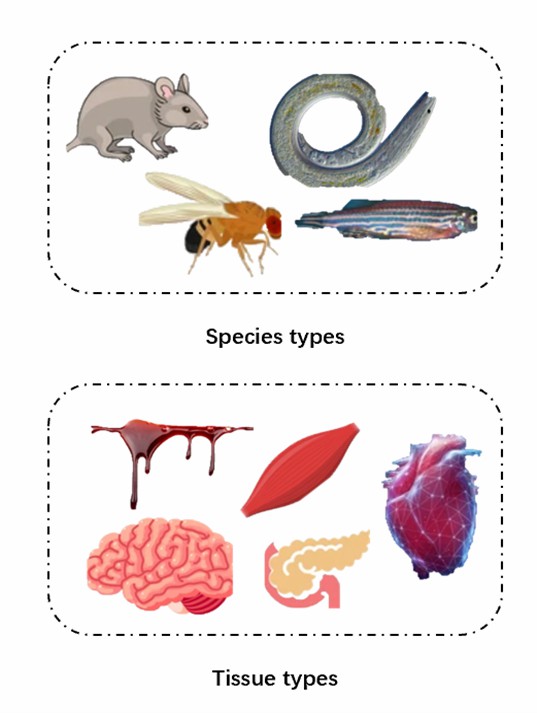Transcriptional aging clocks are computational models that utilize gene expression patterns to estimate an individual's biological age. They provide valuable insights into the molecular dynamics of aging and offer a means to assess biological age, which may differ from chronological age. As a leading solution provider for aging research, CD BioSciences can provide development services of transcriptomic aging clocks, to accurately predict the biological age of organisms based on transcriptome-defined genomes.
Importance of Transcriptional Aging Clocks
Several human age prediction models based on DNA levels and RNA levels have been developed. Transcriptome-based aging clocks have limitations of high data variability and low accuracy compared to DNA methylation aging clocks, but DNA methylation is absent in certain populations such as Cryptobacterium hidradenum, making transcriptome characterization important for aging studies in these species.
Our Development Services for Transcriptional Aging Clocks
Transcriptome dataset collection
We can generate a broad RNA-seq dataset from species-specific tissue sequencing or collect existing data, which will cover a wide range of ages of individuals, providing a powerful benchmark for age prediction.
Predictive model construction and evaluation
We construct a fitted model to predict the actual age of transcriptomic data of biological individuals using specific mathematical processing methods such as classification, regression algorithms, etc. The prediction model will be validated by data set training to evaluate the performance.
Applications of Transcriptional Aging Clocks in Aging Studies
Age prediction from transcriptome
Our high-precision biological age prediction model can be used to correctly predict long and short-lived individuals and can be applied to test the ability to predict the effects of multiple lifespan influences, such as drugs, external stressors, and genetic factors on lifespan.
We can use data from different populations to construct cross-tissue or tissue-specific transcriptional age predictors, including options for different species and tissues.
| Service types |
Options |
| Species types |
- Mouse
- Rats
- Drosophila
- Crytobacterium hidradenum
|
- Yeast
- Zebrafish
- Small fish
|
| Tissue types |
- Blood
- Saliva
- Skin
- Brain tissue
- Muscle tissue
- Nerve tissue
- Adipose tissue
|
- Heart
- Pancreas
- Small intestine
- Stomach
- Testes
- Thyroid gland
- Uterus
|
Assessment of interventions and therapies
We use trancriptomic aging clocks to assess the effectiveness of interventions and therapies aimed at counteracting aging or age-related diseases. By comparing the predicted biological age before and after an intervention, researchers can evaluate its impact on the aging process. This allows for the rapid screening of potential anti-aging interventions and the identification of those that show the most promising effects.
Our Advantages
- A wide range of species models can be constructed to accurately predict age and longevity impact effects in different populations.
- Specific cross-tissue and tissue-specific transcriptome-based age prediction model development is available.
- Widely used for genetic, nutritional, environmental, and therapeutic interventions in the aging process.
CD BioSciences is a leading aging research technology company focused on providing unique aging clock technologies and aging-related research services for basic research and therapy development. The transcriptome-based age prediction services we target include but are not limited to, the options listed above. If you are interested in our services, please feel free to contact us or make an online inquiry.
Reference
- Fleischer JG, et al. Predicting age from the transcriptome of human dermal fibroblasts. Genome biology, 2018, 19 (1).
All of our services and products are intended for preclinical research use only and cannot be used to diagnose, treat or manage patients.




